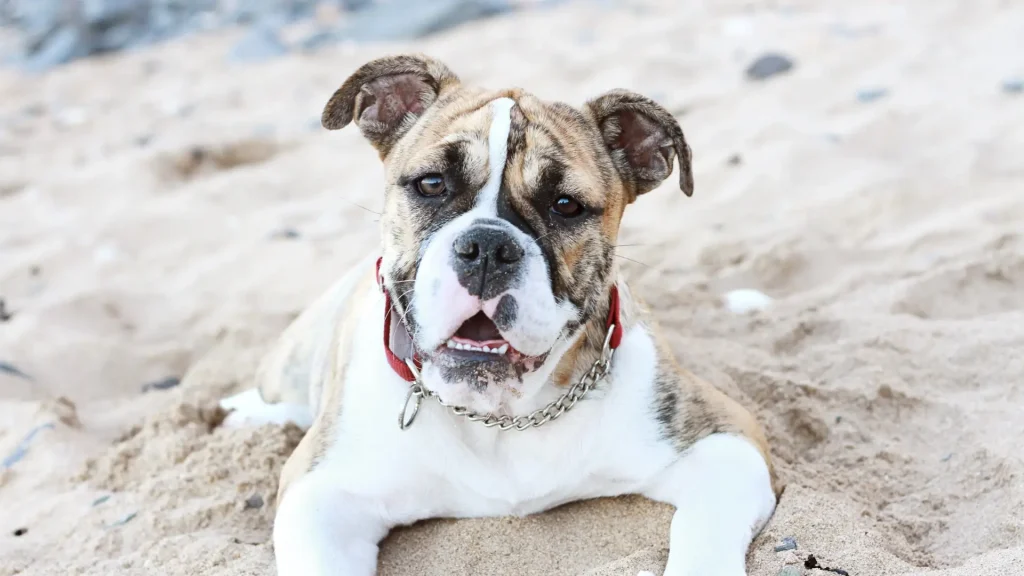Deciding whether to adopt or buy an Australian Bulldog puppy involves weighing the benefits of each route. Purchasing from a breeder often ensures detailed knowledge about the puppy's lineage and health, which can be valuable given breed-specific considerations. Adoption offers a chance to provide a loving home to a dog in need, with potential variations in age and background.
Adoption vs. Breeder: Pros & Cons
| Criteria | Buying from Breeder | Adopting from Shelter/Rescue |
|---|---|---|
| Cost | Higher cost due to pedigree and breed demand. | Lower adoption fees, often including initial vet care. |
| Health History | Comprehensive records and genetic testing usually available. | Health history may be incomplete; rescues often provide vet checks. |
| Age Availability | Primarily puppies, enabling early bonding and training. | Variety of ages, including adults and seniors. |
| Temperament Insight | Breeders can share insights based on lineage and socialization. | Temperament can be observed but background details may be limited. |
| Supporting Practices | Supports ethical breeding when choosing responsible breeders. | Supports animal welfare by rescuing dogs in need. |
| Breed Purity & Pedigree | Assured breed purity with registration papers. | Breed purity may be unknown or mixed. |




















































